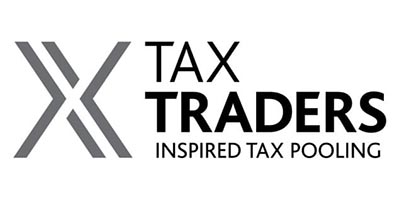Land bought with the intention or purpose of resale is subject to tax. The taxpayer is required to return any gains as income. However the problem was enforcing this as the “intention test” was subjective.
In light of the, shall we call it the “housing crisis” the government introduced a new land sale rule to supplement the “intention test”.
From 1st October 2015 the bright line test applies to the disposal of residential land. Under the bright line test if you buy a residential property on or after 1 October 2015, and you sell this property within two years, you will be taxed on any gains that you made, regardless of your intention when you bought the property, unless you can prove that you fall within one of the exceptions to this rule. The date a person acquires their “first interest” is the same date as when they acquire land for the purposes of section CB 15B in the Income Tax Act 2007. (Sounds a little technical, so leave this to us)
There are 4 main exceptions to the bright line test:
- The property was your main home
- You inherited the property
- The property was transferred to you as part of a relationship property agreement
- The property was transferred under a will
While the above exceptions might seem straightforward they are not, there specific rules that apply to each exception. For example you cannot have more than one main home, if a person has two homes in which they reside in, the property that is their main home is determined according to which property the person has the greatest connection with. The “greatest connection” test operates only as a tie-breaker when a person has more than one home.
Selling residential property which you have owned for less than two years contact us and help you determine if you not to returns the gains as income.
* The government is looking to extend the bright line test by 5 years. Contact us to find out how this might affect you.






